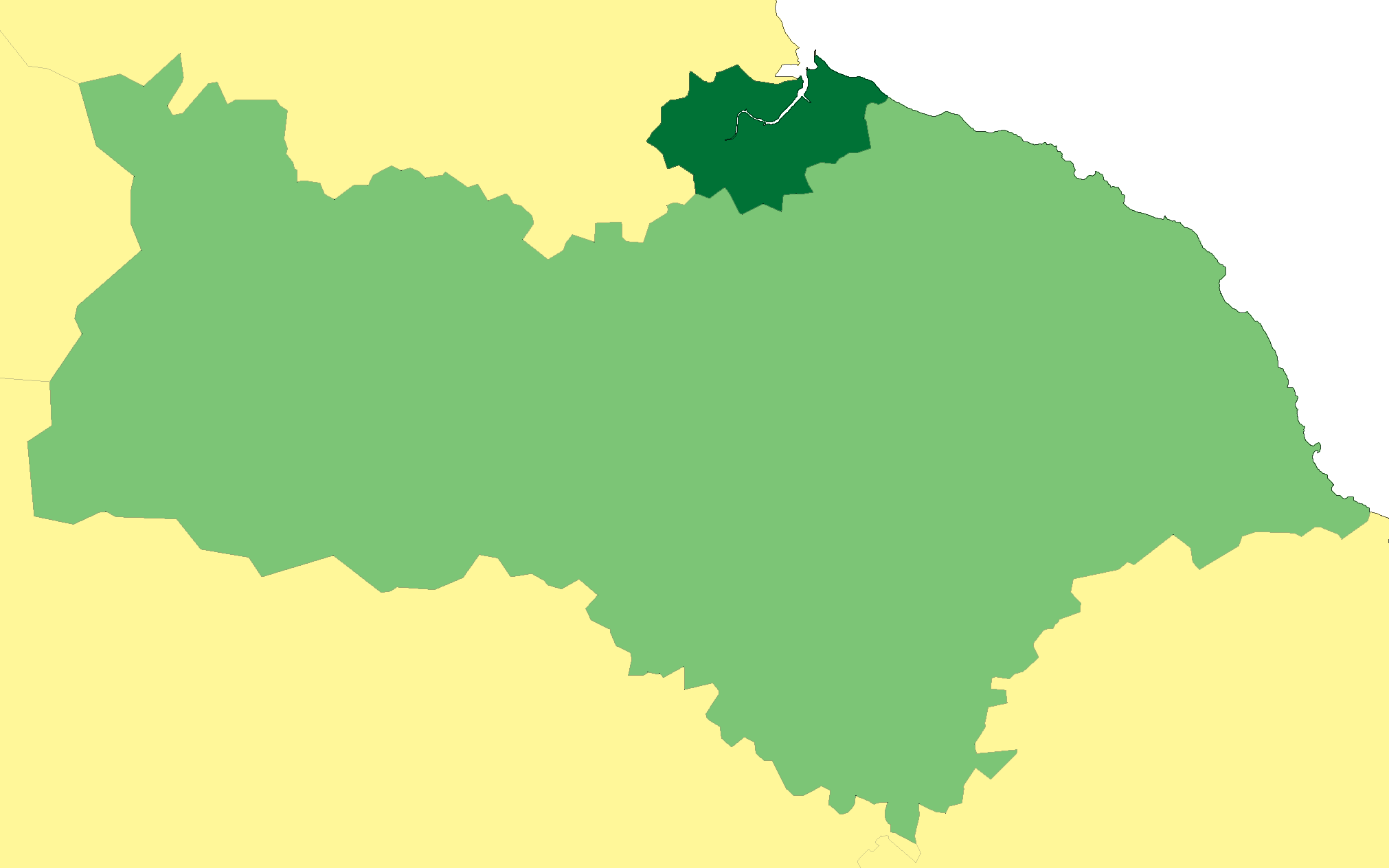Brine Field
Downs, Moorland in Durham
England
Brine Field

Brine Field, Durham (Downs, Moorland) is a vast expanse of brine-impregnated peatland located in the northeastern region of England. It stretches over an area of approximately 4,000 acres, offering a unique and captivating landscape to visitors.
The field is characterized by its distinctive terrain, consisting of low-lying moorland, undulating downs, and expansive salt marshes. This diverse ecosystem supports a wide range of plant and animal species, making it an important habitat for biodiversity conservation.
One of the most remarkable features of Brine Field is its high salt content, resulting from the slow evaporation of brine deposits over thousands of years. This unique quality has given rise to the growth of halophytic vegetation, which thrives in high-salt environments. Visitors can witness the stunning sight of salt-tolerant plants, such as thrift, sea lavender, and sea aster, adding vibrant colors to the landscape.
The field is also home to several species of birds, including curlews, lapwings, and redshanks, which are attracted to the rich feeding grounds provided by the brine-infused soil. Ornithologists and birdwatching enthusiasts often flock to Brine Field to observe these avian species in their natural habitat.
In addition to its ecological significance, Brine Field holds historical importance. The field was once utilized for salt production, with evidence of medieval salt pans scattered across its expanse. These remnants serve as a reminder of the region's industrial past.
Overall, Brine Field, Durham (Downs, Moorland) offers a captivating blend of natural beauty, ecological diversity, and historical significance, making it an ideal destination for nature enthusiasts and history buffs alike.
If you have any feedback on the listing, please let us know in the comments section below.
Brine Field Images
Images are sourced within 2km of 54.609321/-1.208496 or Grid Reference NZ5124. Thanks to Geograph Open Source API. All images are credited.





Brine Field is located at Grid Ref: NZ5124 (Lat: 54.609321, Lng: -1.208496)
Unitary Authority: Stockton-on-Tees
Police Authority: Cleveland
What 3 Words
///hats.simply.newest. Near Middlesbrough, North Yorkshire
Nearby Locations
Related Wikis
Seal Sands Power Station
Seal Sands Power Station (also known as Viking Power Station) is a gas-fired gas turbine power station situated on the River Tees at Seal Sands near Billingham...
Thor Cogeneration Power Station
Thor Cogeneration is a planned, but undeveloped, gas-fired cogeneration plant, which was to be built on Seal Sands near Billingham, in County Durham, North...
Cowpen Marsh
Cowpen Marsh (grid reference NZ500529) is a 116.8 hectare biological Site of Special Scientific Interest in County Durham, England, notified in 1966. SSSIs...
A178 road
The A178 is a road that runs from Hartlepool in County Durham to Middlesbrough in North Yorkshire, England. == Route == The route of the A178 starts at...
County Borough of Teesside
The County Borough of Teesside was a short lived county borough and civil parish in the North Riding of Yorkshire (Northern England) geographical county...
Teesside
Teesside () is a built-up area around the River Tees in North East England, split between County Durham and North Yorkshire. The area contains the towns...
Seal Sands
Seal Sands (grid reference NZ529260) is a 294.37 hectare biological Site of Special Scientific Interest in County Durham, England, notified in 1966. Situated...
Port Clarence
Port Clarence is a small village in the borough of Stockton-on-Tees, County Durham, England. It is on the north bank of the River Tees, and near the northern...
Nearby Amenities
Located within 500m of 54.609321,-1.208496Have you been to Brine Field?
Leave your review of Brine Field below (or comments, questions and feedback).
















